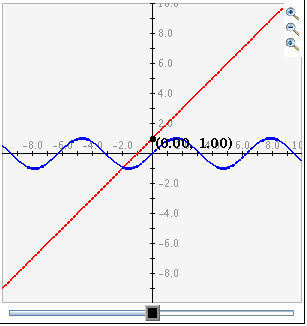Derivate
AbstractThis lesson uses a geometric interpretation of slope to motivate an understanding of infinity and derivatives. ObjectivesUpon completion of this lesson, students will:
Standards Addressed:Student Prerequisites
Teacher Preparation
Key Terms
Lesson Outline
Alternate OutlineThe activities in this lesson can be rearranged in the following ways:
|


